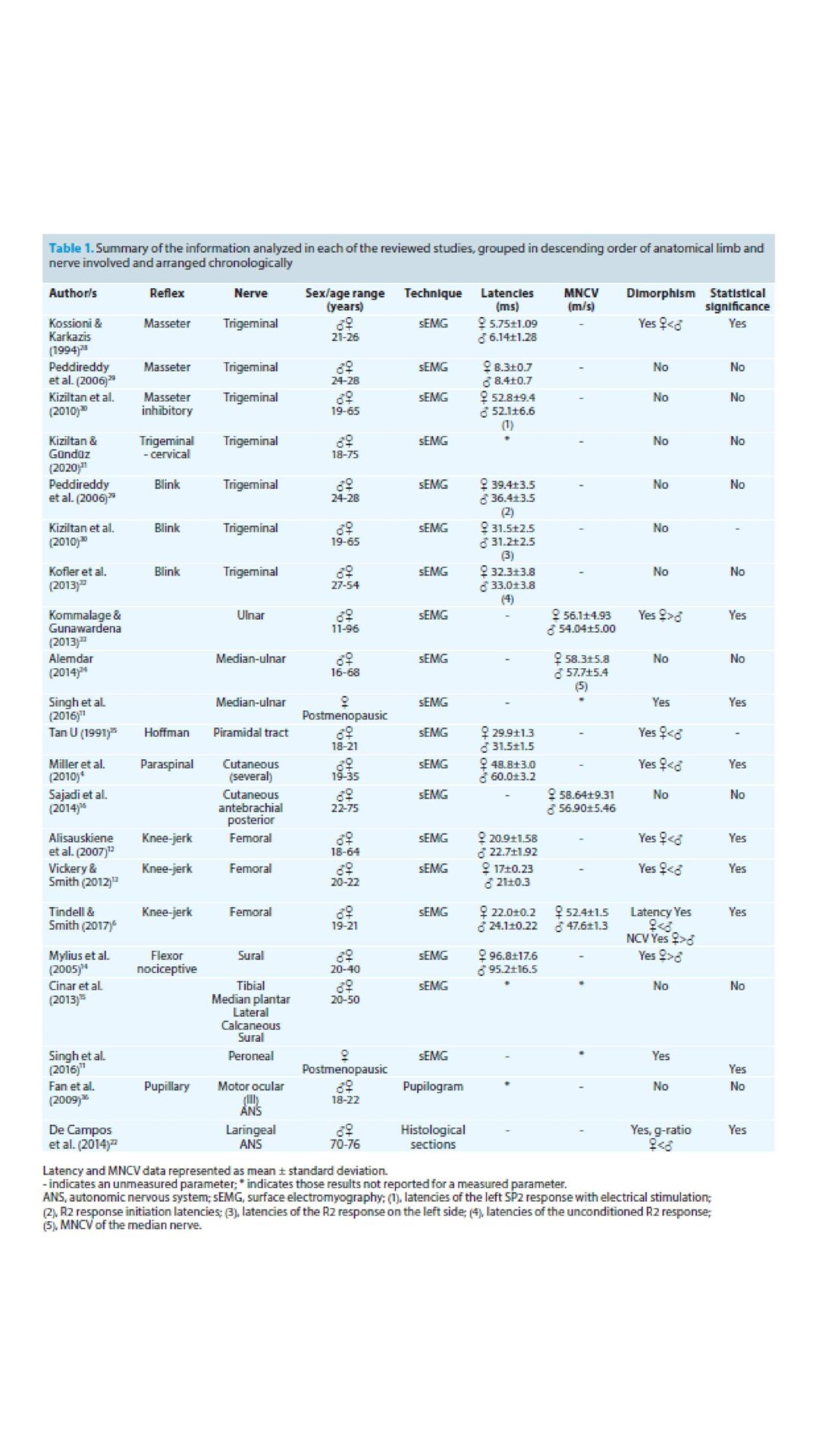Spinal reflexes are the pillars of the motor system’s organization. The assessment of the spinal cord reflexes is an exploratory routine in neurological and clinical practice, providing valuable, real-time information about the state of our nervous system, in health as well as in illness.The influence of sex in some neurological diseases is largely recognized. Nevertheless, we noted a shortage of clinical or research studies recording the differences in spinal cord reflexes. Thus, we reviewed the existing sex-disaggregated data literature on spinal cord reflexes. Based on the studies reporting sex-disaggregated data, we can conclude that there is a sex dimorphism in the knee jerk reflex, since there is a shorter reflex latency in females than in males.
Neurophysiological Bases of Human Movement (King's College London, UK) (2023) Proc Physiol Soc 55, C51
Poster Communications: Sexual dimorphism in tendon reflexes and nerve conduction velocity: a systematic review
Francisco Suárez1, Carretero-DomÃnguez Sonia1,
1Dept. of Basic Health Sciences. Physiology section. Universidad Rey Juan Carlos. Atenas Av. 28922 Alcorcón-Madrid Madrid Spain, 2Cancer Research Centre. Lab 11. Campus Miguel de Unamuno. Postcode 37007 Salamanca Spain,
View other abstracts by:
Where applicable, experiments conform with Society ethical requirements.

